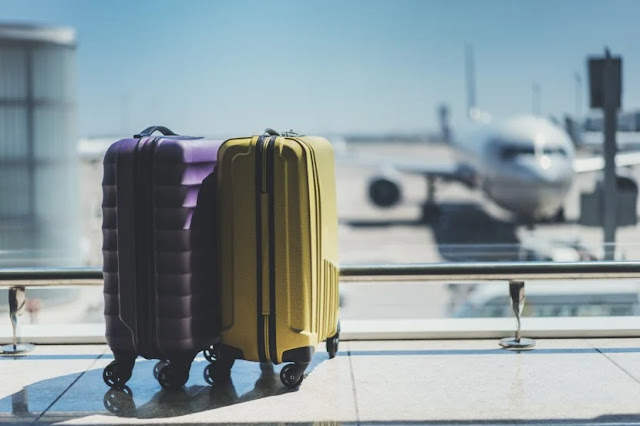Mastering the Skies: A Guide to Airline Baggage Policies
1. Understanding Baggage Allowances
2. Choosing the Right Luggage
Investing in the right luggage is crucial. For carry-ons, ensure it meets the size requirements set by the airline. When it comes to checked luggage, opt for durable suitcases with built-in security features. Consider the duration of your trip; sometimes, a well-packed carry-on is all you need.
3. Understanding Carry-On Restrictions
While carry-ons offer convenience, they come with restrictions. Familiarize yourself with TSA regulations to avoid any surprises at security. Liquids must be in containers of 3.4 ounces or less, and all items should fit comfortably in a quart-sized plastic bag. Be mindful of restricted items, including sharp objects and certain electronics.
4. Weighing In on Checked Baggage Fees
Many airlines charge fees for checked baggage, and these fees can escalate if you exceed weight limits. Pack strategically to avoid unnecessary charges. Consider a luggage scale to weigh your bags before heading to the airport, and explore options to save on fees, such as booking tickets with baggage included or utilizing airline credit cards.
5. Navigating Special Items and Sports Equipment
If you're carrying special items like musical instruments, sports equipment, or oversized luggage, check with the airline for specific guidelines. Some airlines may require advance notice or charge additional fees for transporting these items. Ensure proper packaging to protect your belongings during transit.
6. Understanding Cabin Class Differences
Traveling in different cabin classes may come with varied baggage perks. Business and first-class passengers often enjoy more generous baggage allowances and additional amenities. If you have the flexibility to choose your seat class, consider how it aligns with your luggage needs.
7. Utilizing Frequent Flyer Benefits
Frequent flyer programs can be a game-changer. Members often enjoy additional baggage allowances, priority check-in, and even waived fees. If you're a frequent traveler, explore loyalty programs to maximize these benefits and enhance your overall travel experience.
Frequently Asked Questions (FAQs)
Q: What is the standard size for carry-on luggage?
A: While dimensions can vary slightly between airlines, a common standard for carry-on luggage is around 22 x 14 x 9 inches. However, it's crucial to check your specific airline's requirements, as some may have stricter size limitations.
Q: Can I bring food in my carry-on bag?
A: Yes, you can bring food in your carry-on bag. However, be mindful of liquid restrictions for sauces or drinks. It's advisable to pack solid food items in a secure container to avoid spills.
Q: How can I avoid excess baggage fees?
A: To avoid excess baggage fees, weigh your luggage before heading to the airport. Consider packing lighter or investing in luggage with built-in scales. Additionally, explore airlines that include baggage in the ticket price or offer loyalty program perks.
Q: Are there specific rules for traveling with fragile items?
A: Airlines may have specific rules for fragile items. It's advisable to pack fragile items in sturdy, cushioned containers and inform the airline in advance. Consider purchasing additional insurance for valuable or delicate belongings.
Q: Can I bring my pet carrier as carry-on luggage?
A: Many airlines allow small pet carriers as carry-on luggage, subject to specific size restrictions. Check with the airline in advance, as there may be additional fees and requirements for traveling with pets in the cabin.
Q: What should I do if my luggage is lost or damaged?
A: If your luggage is lost or damaged, report it to the airline immediately. Most airlines have a designated baggage claim area or customer service desk. Provide a detailed description of your luggage and its contents to facilitate the recovery process.
In Conclusion
Navigating airline baggage policies doesn't have to be a daunting task. By understanding the rules, choosing the right luggage, and planning ahead, you can breeze through the airport with confidence. Whether you're a frequent flyer or an occasional adventurer, mastering the skies with savvy packing strategies ensures that your journey is as smooth as the clouds above. Happy travels and may your luggage always arrive promptly at the carousel!










Comments
Post a Comment